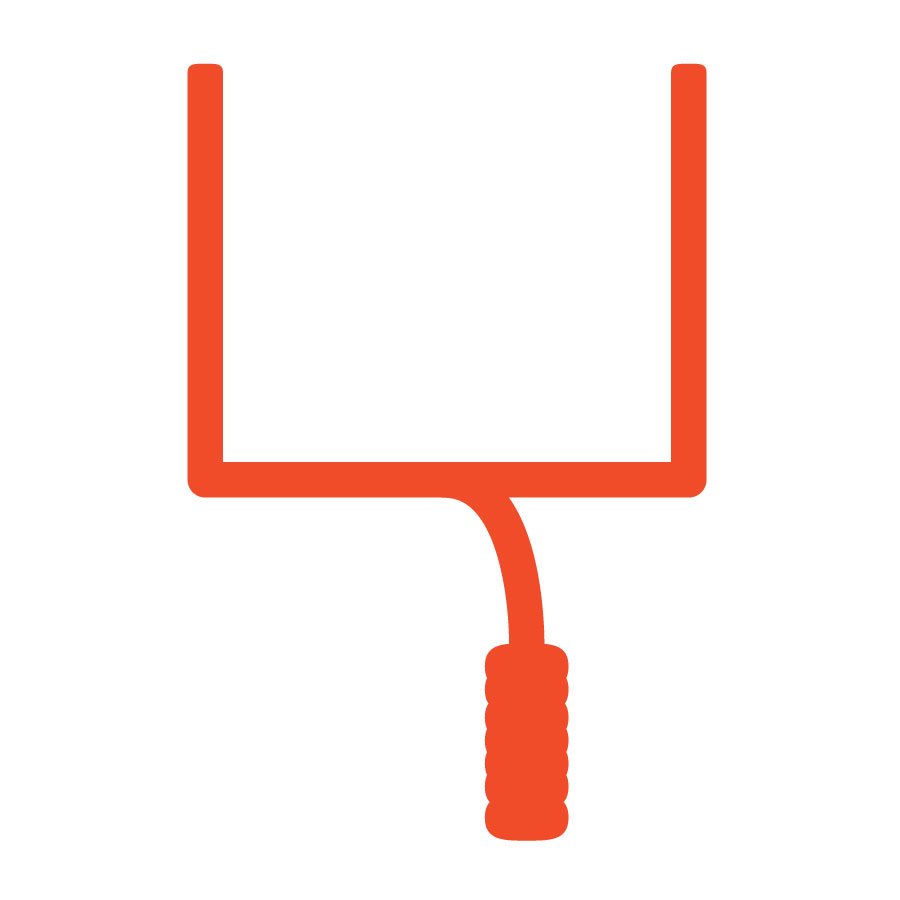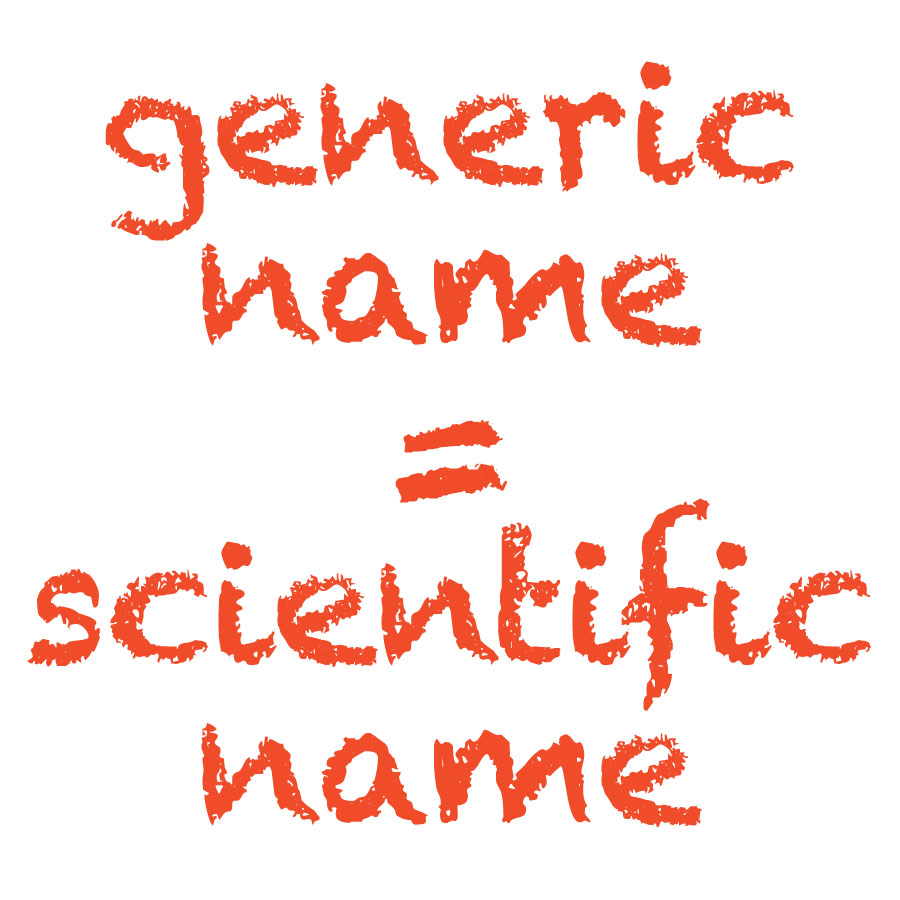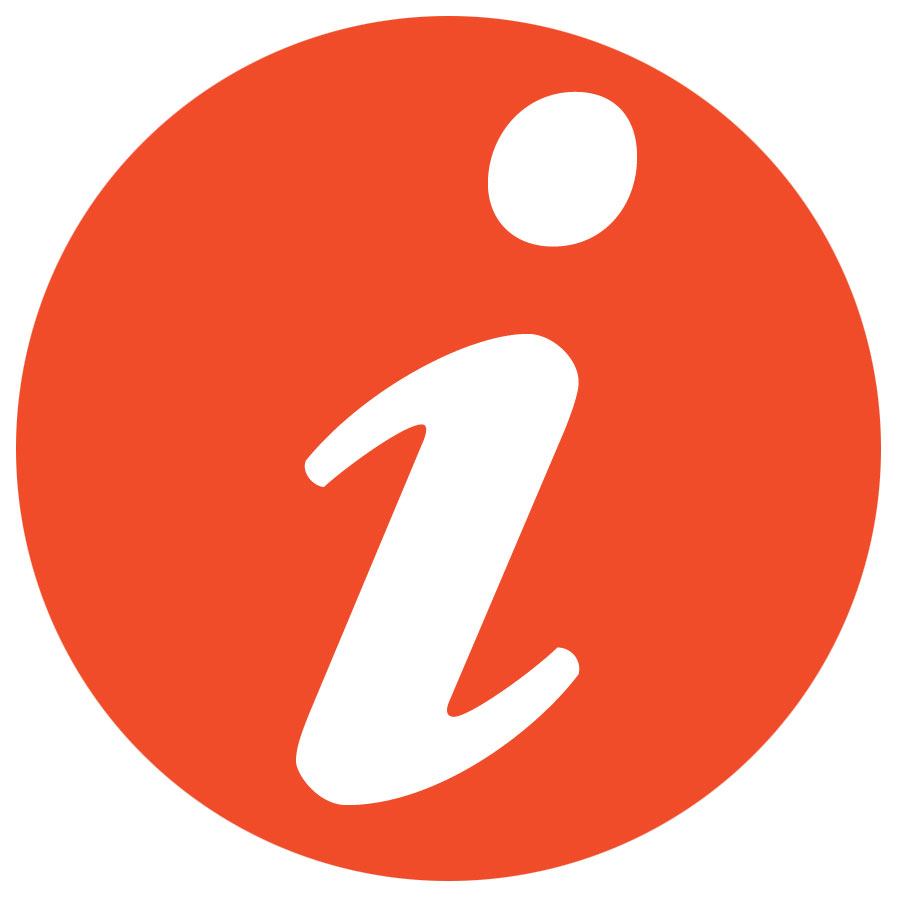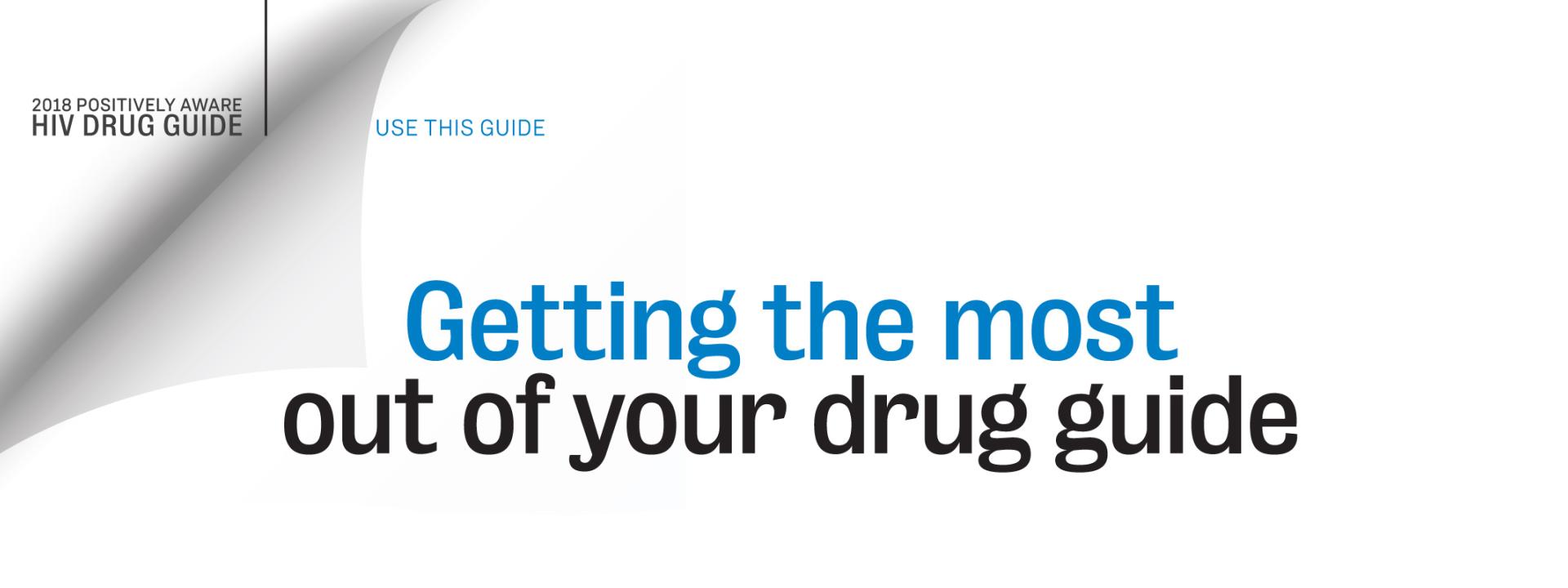Below are tips to help give you the knowledge you need to work with your providers to make empowered, informed choices about your treatment. Medications included in the 2018 HIV Drug Guide are those most commonly used, or expected to be approved in the coming year.
With so many choices out there, we order the drug pages by those that are the best options and list them first, followed by commonly prescribed drugs in each category. To quickly find your drug, go to page 26. Older drugs that are no longer used or rarely prescribed are only pictured on the HIV drug pullout chart.

Goal of Therapy
Understanding HIV treatment is the key to success. The goal of therapy is to suppress the virus to an undetectable level (meaning the virus in your blood is so low, it cannot be detected by normal tests). This will keep you healthy, and the sooner you start therapy, the less damage to your immune system so you’ll stay healthier, longer. When you are undetectable (less than 400 copies), it also means you can’t transmit HIV to your partner. Getting to and staying undetectable means you need to take your medication as prescribed, and not miss doses.

Drug Names
When a drug is in development it’s first given a “generic” or “scientific” name (such as dolutegravir). Once it’s approved, it’s given its brand name (Tivicay is the brand name of dolutegravir), which most people know it by. At medical conferences and in scientific publications you will often see three-character abbreviations used (DTG in the case of dolutegravir).

Drug Classes and Co- Formulations
A fixed-dose combination (FDC) combines two or more drugs in one tablet, such as Prezcobix (darunavir/cobicistat). A single-tablet regimen (STR) contains drugs from different classes and is a complete regimen in one pill, such as Triumeq (dolutegravir/lamivudine/abacavir). When a drug is a co-formulation (combination) of different drugs, the generic names will be separated by slashes—for example, Genvoya is the co-formulation of elvitegravir/cobicistat/emtricitabine/tenofovir alafenamide.
Anti-HIV drugs should always be taken in combination using two or more drug classes (for example, an integrase inhibitor plus two nukes). Single-tablet regimens (STRs) are in their own category, and combine multiple classes of drugs into one tablet. STRs are widely used for first-time treatment and for their convenience, but they are not for everybody, including some people who are treatment-experienced or have multi-drug resistance.

Recommendations for use
The Department of Health and Human Services (DHHS) and the International AIDS Society-USA (IAS-USA) both publish recommendations for the use of HIV antiretroviral drugs. We include information on some of these recommendations on page 20, and at the top of each drug page, as well as the pullout drug chart. DHHS and IAS-USA guidelines are very similar, but for consistency we reference only the DHHS guidelines. For the entire list go to aidsinfo.nih.gov or ias-usa.org/guidelines.

Drug Pricing and Access
The Average Wholesale Price (AWP) is listed on each drug page and is one way to compare costs of drugs. It is not necessarily what you would pay if you had to pay the full retail price.
There are programs that can help cover all or part of the costs of these medications. In the drug co-pay and patient assistance program charts (beginning on page 72) we include information on how to access these programs.

More Information
Operated by the National Institutes of Health, AIDSinfo maintains factsheets on each HIV medicaton at aidsinfo.nih.gov/understanding-hiv-aids/fact-sheets/21/58/fda-approved-hiv-medicines. Download iPhone and Android apps that provide drug info, treatment guidelines, and a glossary: aidsinfo.nih.gov/apps. You can also find the online version of your medication’s drug page from our HIV Drug Guide by adding your drug’s name after typing positivelyaware.com into your browser (for example, positivelyaware.com/triumeq).


